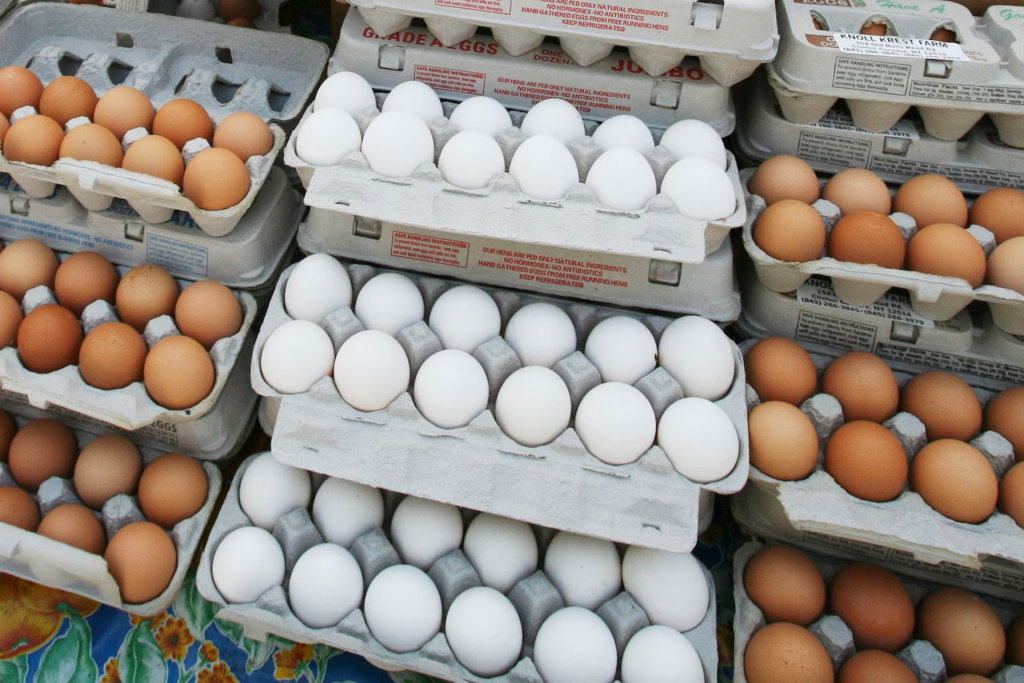Alabama residents have faced a significant increase in egg prices, mirroring a national trend that has left consumers and businesses grappling with higher costs. This article delves into the primary factors contributing to this surge, its impact on various stakeholders, and the outlook for the future.
The Avian Influenza Outbreak
A major driver behind the escalating egg prices is the outbreak of Highly Pathogenic Avian Influenza (HPAI), commonly known as bird flu. Since January 2022, the United States has experienced widespread HPAI cases, leading to the culling of millions of birds to contain the virus. This reduction in poultry numbers has directly impacted egg production, creating a supply shortage that has driven prices upward.
According to the Alabama Cooperative Extension System, the industry has lost more than 50 million laying hens to HPAI, with ongoing outbreaks in every commercial poultry-producing state. This significant decrease in supply, coupled with sustained demand, has resulted in noticeable price increases for consumers.
Supply and Demand Dynamics
The basic economic principle of supply and demand plays a crucial role in the current egg market scenario. With a reduced number of laying hens, egg production has declined, leading to a tighter supply. At the same time, consumer demand for eggs remains strong, further exacerbating the price surge.

The Alabama Cooperative Extension System highlights that, in addition to the supply constraints caused by HPAI, there is an increased demand for eggs as consumers seek affordable protein sources amid rising prices for other animal proteins like beef. This combination of decreased supply and increased demand has created a perfect storm for escalating egg prices.
Impact on Consumers and Businesses
The surge in egg prices has far-reaching implications for both consumers and businesses in Alabama. Households are facing higher grocery bills, which can strain budgets, especially for families that rely on eggs as a staple food item.
Restaurants and bakeries, which use eggs extensively in their menus and products, are also feeling the pinch. Some establishments have resorted to implementing surcharges on egg-based dishes to offset the increased costs.
For instance, Waffle House has added a $0.50 surcharge per egg to its menu items in response to the rising prices. This move reflects the broader challenges that food service providers face in maintaining profitability amid fluctuating ingredient costs.
Broader Economic Factors
While the avian influenza outbreak is a significant factor, other economic elements contribute to rising egg prices. Increased feed, fuel, and labour costs have added pressure on poultry farmers, leading to higher production costs that are ultimately passed on to consumers.
Additionally, supply chain disruptions have affected egg distribution, causing delays and further limiting availability in certain areas. These challenges underscore the complex interplay of factors influencing the current egg market.
Looking Ahead
The outlook for egg prices remains uncertain. Efforts to control the avian influenza outbreak are ongoing, but the virus’s persistence poses challenges for the poultry industry. Restocking poultry populations takes time, and until production levels are restored, prices may remain elevated.
Consumers and businesses are advised to stay informed about market trends and consider strategies to mitigate the impact of higher egg prices. Exploring alternative protein sources, adjusting menus, and implementing cost-saving measures can help navigate this period of volatility.
Conclusion
The surge in egg prices in Alabama is a multifaceted issue stemming from the avian influenza outbreak, supply and demand imbalances, and broader economic factors. As the situation evolves, staying informed and adaptable will be key for consumers and businesses alike in managing the challenges posed by this trend.
Disclaimer: This article has been meticulously fact-checked by our team to ensure accuracy and uphold transparency. We strive to deliver trustworthy and dependable content to our readers.








